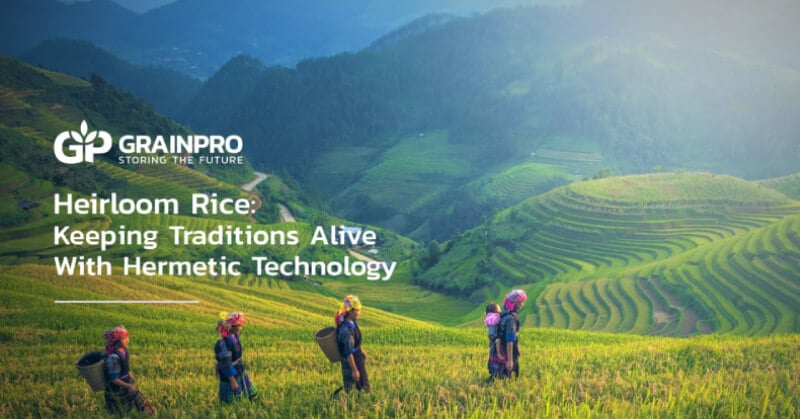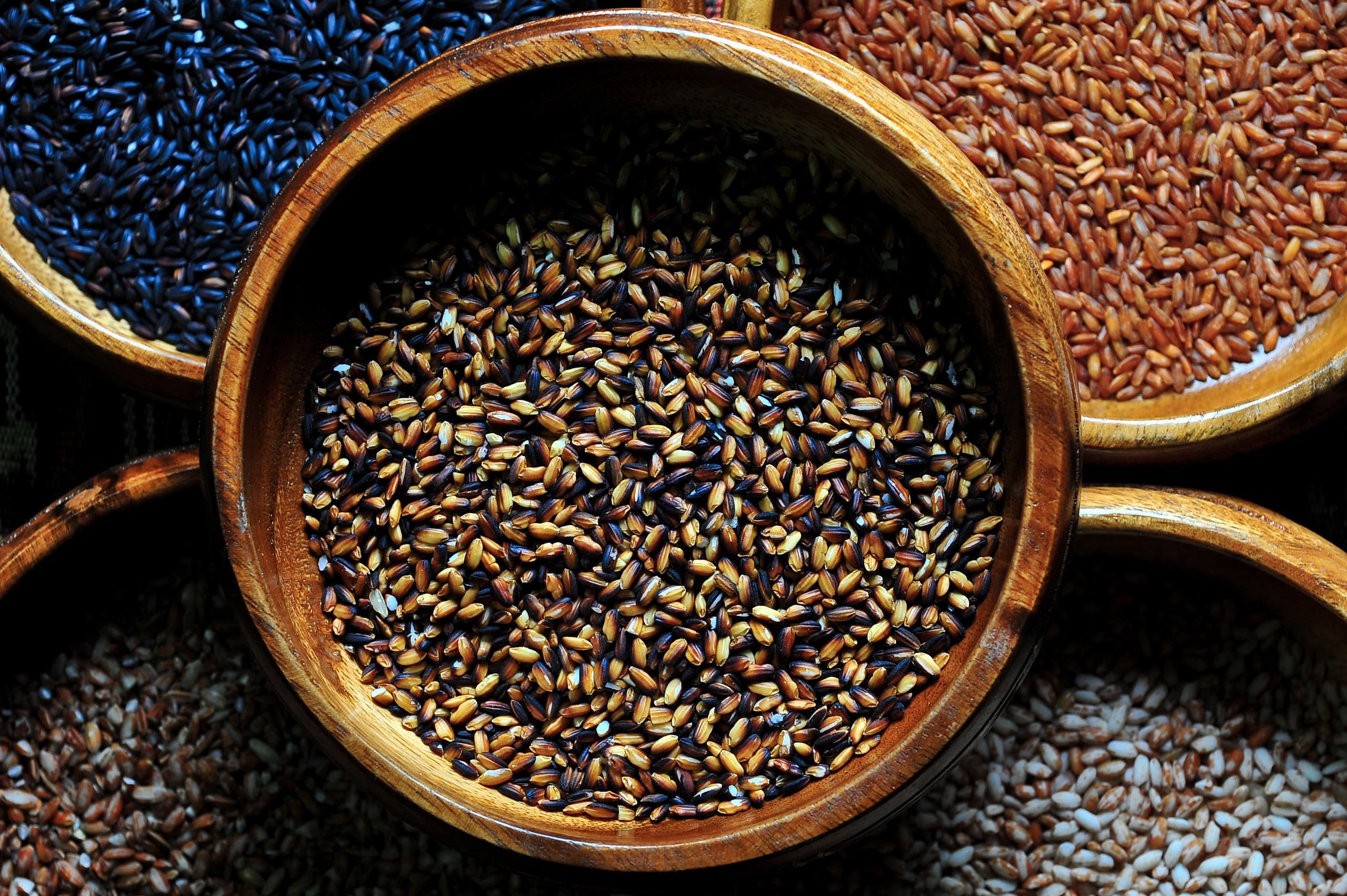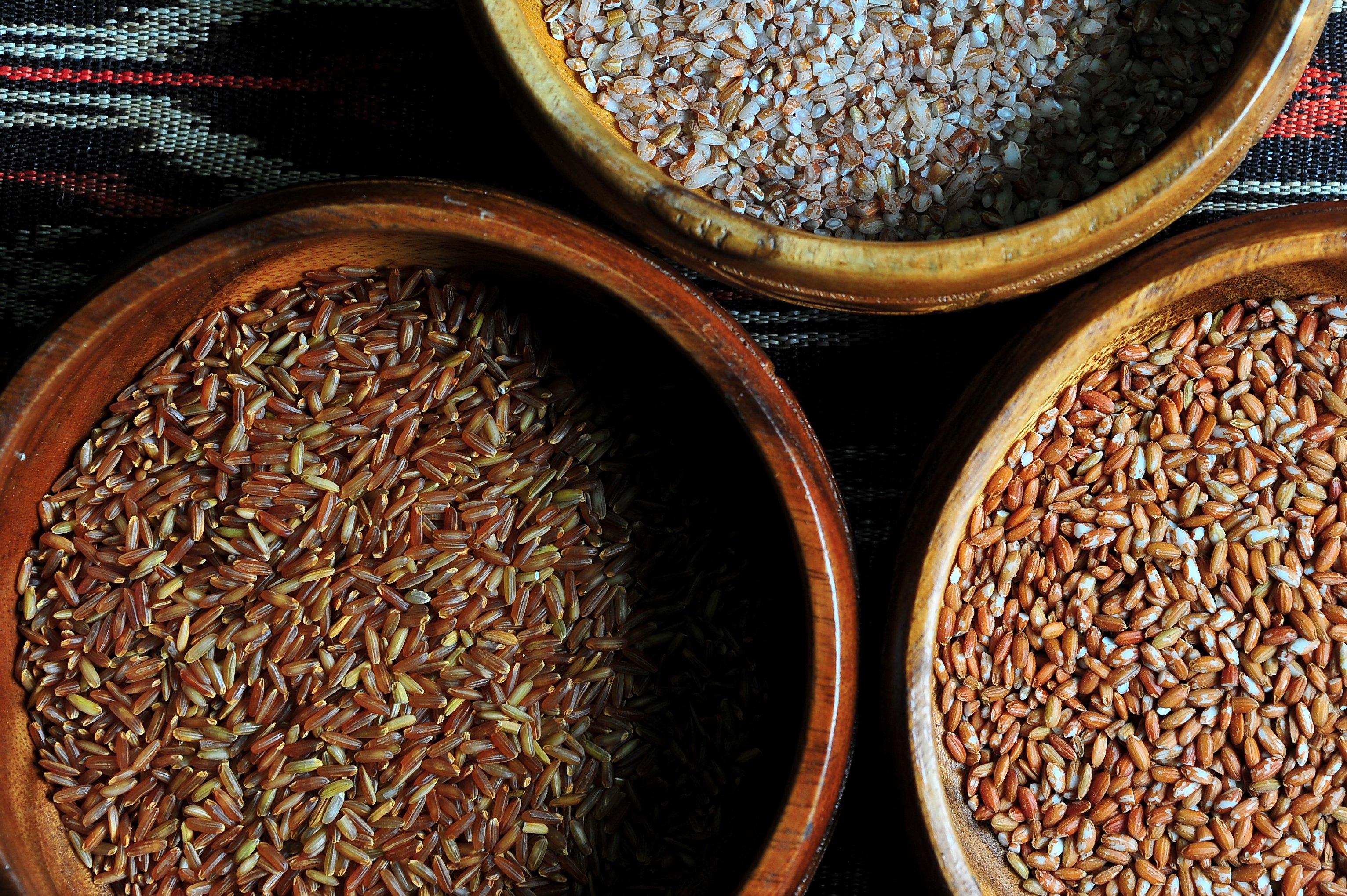Heirloom Rice: Keeping Traditions Alive With Hermetic Technology

“Rice is life,” as the expression goes. It reflects the importance of rice to many people. From paella in Spain to biryani in India to risotto in Italy to jollof rice in Ghana and nasi goreng in Indonesia, among many other dishes, rice has fed billions of individuals and families around the world.
It is, however, much more than just a staple food on our tables; it is a major source of protein, carbohydrates, and various vitamins, as well as the key to many smallholder farmers’ livelihoods. It has influenced the traditions, lifestyles, cuisines, festivals, and economies of many countries over the centuries, making it undeniably one of the most important food crops that we have.
Rice is generally divided into three types based on the length and shape of the grain: long grain rice, medium-grain rice, and short-grain rice.
Despite the fact that most of them look the same, there are over 40,000 varieties of rice known to exist, and with only a handful of them known to us, including glutinous rice, jasmine rice, brown rice, and basmati rice, each with its own distinct texture and taste, even when simply steamed. Apart from these, there are special rice varieties that have been passed down from generation to generation called Heirloom Rice.
Image source: International Rice Research Institute (IRRI) via Flickr
These unique indigenous rice varieties, developed through centuries of cultivation, are grown organically by smallholder farmers on their ancestral farms. They grow in the most fragile places, on mountain tops, where dew, rain, and air are their sole source of sustenance.
These types of rice also offer an exceptional cooking quality, flavor, aroma, texture, astonishing color (brown, black, pink, purple, or pearly white), and nutritional value, and are regarded as a treasured heirloom that can be sold at a premium price. And, what sets them apart from other rice varieties is their historical and sentimental importance in the communities and upland tribes that developed them.
 Image source: International Rice Research Institute (IRRI) via Flickr
Image source: International Rice Research Institute (IRRI) via Flickr
Furthermore, these varieties are resilient, with high levels of disease resistance and tolerance to environmental stresses. These characteristics make heirloom rice even more appealing to locals and foreigners, especially health-conscious individuals. However, despite their promising qualities and resiliency, they are not immune to the challenges of drying and storing after harvest.
Rice can contain up to 25% moisture when harvested. High moisture levels during storage can cause grain discoloration, mold growth, and pest infestation. Rice grains should be dried as soon as possible after harvesting, ideally within 24 hours. It is the most critical process after harvesting the rice crop because it reduces the grain moisture content to a safe level for storage.
Learn more: 6 Tips on How to Dry Grains: A Basic Guide
Moreover, proper and safe storage that protects rice grains from insects and rodents, as well as moisture reabsorption, is necessary for maintaining rice quality.
Delays in drying, incomplete or inadequate drying, and improper storage can all reduce grain quality, potentially resulting in both quality and quantity losses.
Related: Navigating Through The Challenges In Rice Post-harvest Handling
While some farmers do use conventional drying and storage methods, it is not highly recommended because it can result in high losses when grains become overdried or are not stored properly.
With certain heirloom varieties gradually disappearing and others on the verge of extinction, it is important to have a proper drying process and safe storage that can optimize the production of heirloom rice and preserve its legacy.
And, this is where hermetic technology comes in handy. Hermetic technology is now used in drying, storing, and transporting valuable commodities all over the world.
It provides safe, chemical-free, and cost-effective solutions that have been proven to help enhance post-harvest handling and management by protecting commodities against insect infestation, mold growth, varying weather conditions, and other factors. Since no toxic chemicals are needed, there is a significant reduction in the risk of contamination, resulting in safer products for human and animal consumption.
Farmers can then ensure that the exceptional qualities and nutritional value of heirloom rice varieties are preserved.
To learn more about these hermetic solutions, click the button below.

